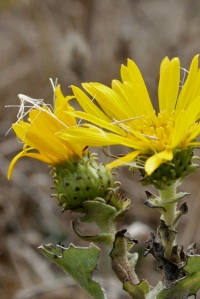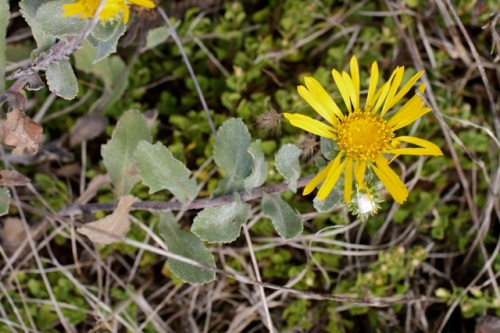The petals of fringe cups (Tellima grandiflora) look like they have been trimmed back into a geometric design, like a paper snowflake. The flowers of this common and lovely little blossom grow in a densely packed spike, and can be greenish-white or pale red. They tend to grow in shady forest, where the slightly translucent petals catch the light beautifully.
There are a few medicinal uses listed for the species in the Native American Ethnobotany Database. It’s a short but entertaining list: a decoction of the the pounded plant was taken to restore the appetite, or to treat “any kind” of sickness. Lastly, the Nitinaht tribe of Vancouver Island reportedly chewed the plant “as medicine to stop dreams of having sexual intercourse with the dead.”
Hm.
Fringe cups grow on moist, rocky slopes and in shaded forest across the west, from California to BC and Alaska.















